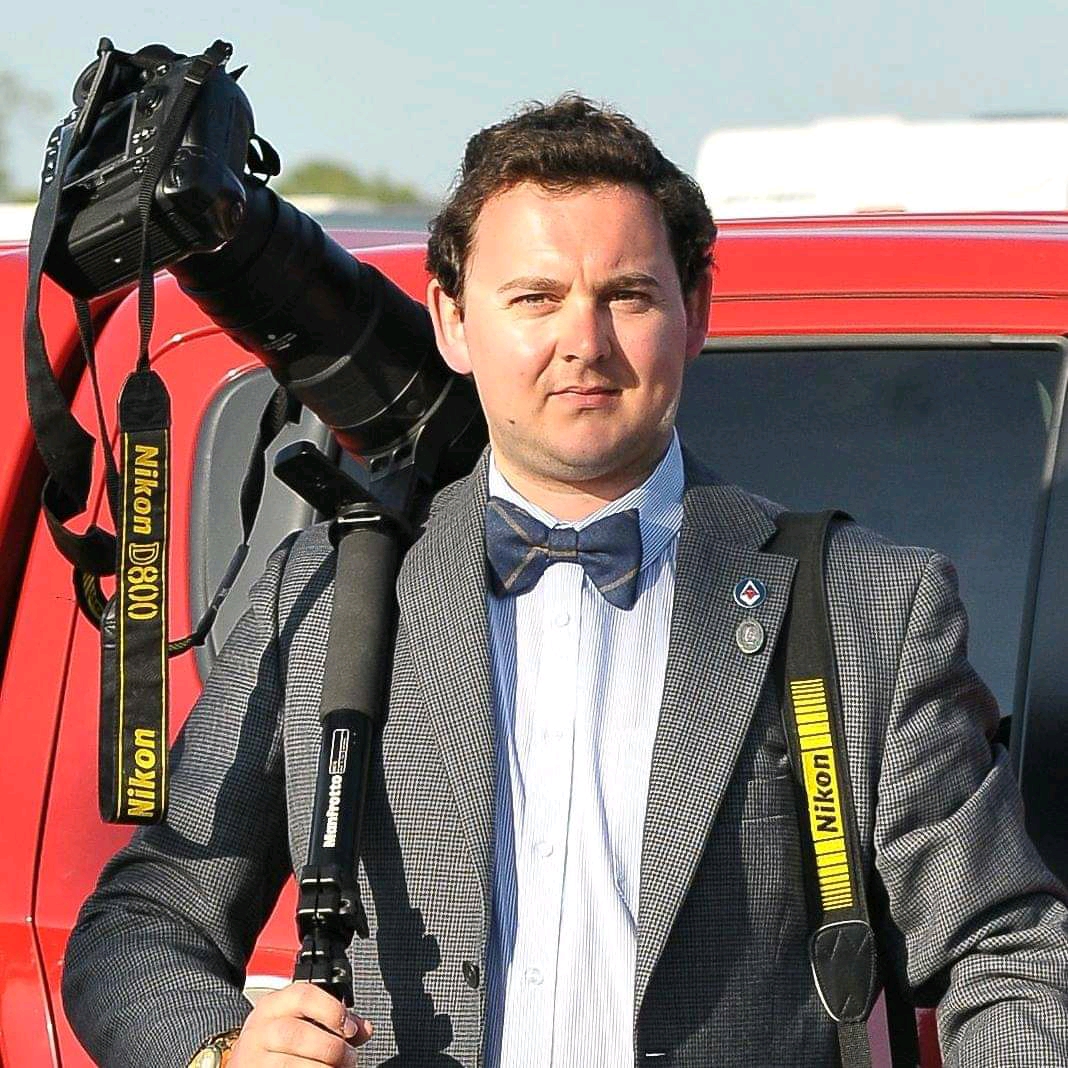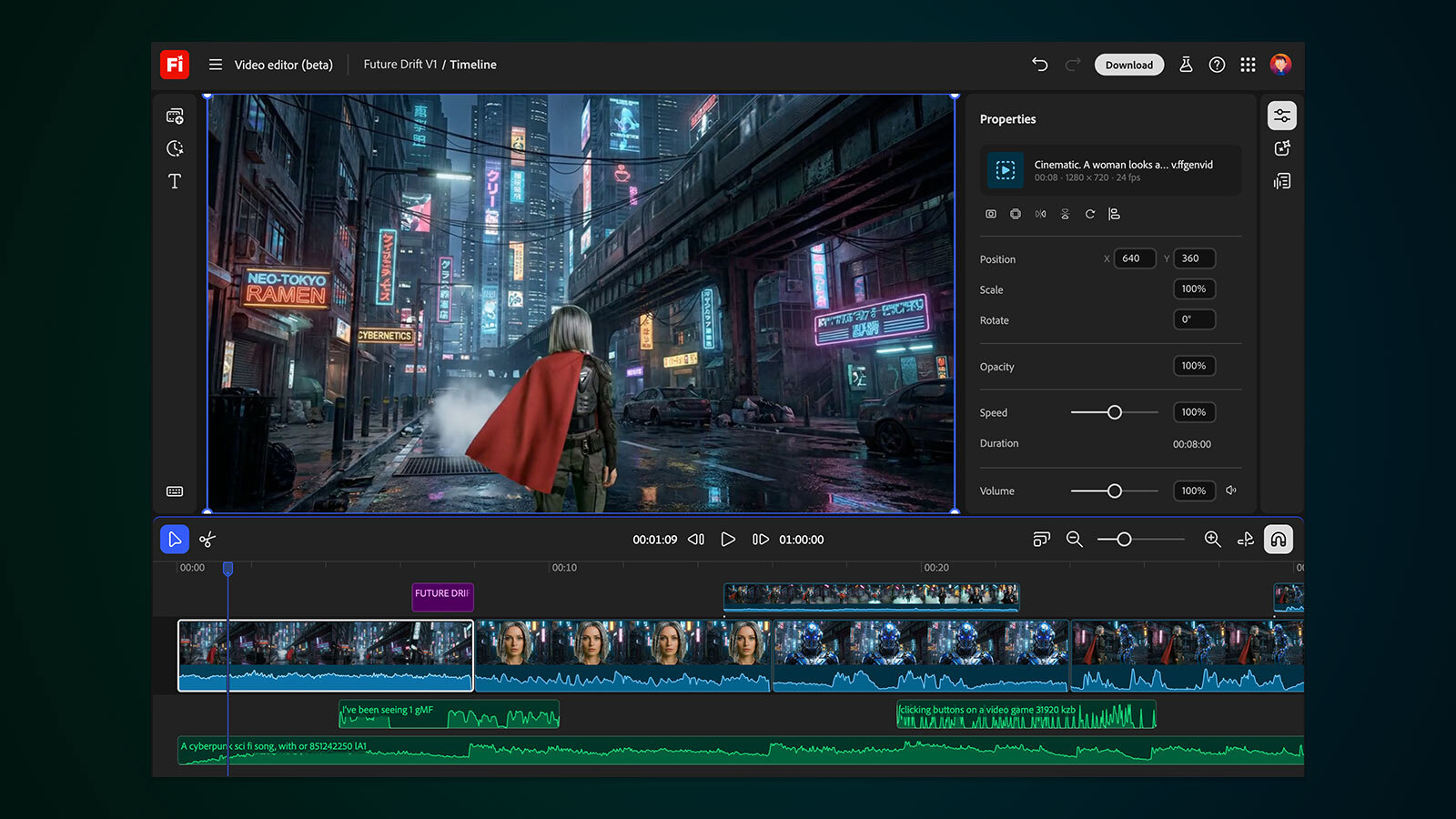The $16,000 Nikon Z 800mm f/6.3 has just appeared… but why isn't it an f/5.6?
Nikon's monster new Z 800mm lens is hitting the market. But for $16,000, why is it an f/6.3 and not an f/5.6 optic?

The super prime zoom lens from Nikon, the Nikkor 800mm f/6.3, has now been listed on B&H with a “notify when available” marker. And that's great for all those professional sports shooters, wildlife photographers, lens rental houses and basically anyone that can afford to divert their downpayment on a new car for this astronomical lens, which costs around $16,300 / £16,650 / AU$22,690.
The Z 800mm f/6.3 VR S is an S-Line lens, denoting Nikon's top optical quality, and promises to deliver powerful rendering with outstanding resolution while thoroughly reducing color bleeding. It will also employ Phase Fresnel – specially shaped lens elements that work rather like a lighthouse lens to focus light, lens tech for the first time in a Nikkor Z model, enabling a compact and lightweight body to be realized, making it highly portable despite being a super-telephoto lens
But with this being a highly specialist lens that will only be used by the elite photographers, and mostly all of them will either be renting it or using a sample from Nikon at the Olympics and other prestigious locations, why does this 16K lens only come with an f/6.3 aperture? Why not f/5.6 like other other high-end Nikkor glass before it?
While the mighty mirrorless movement is upon us all, does it actually come with compromises? When trying to reduce weight, something must be lost in order to shed the pounds – is that now lens quality?
Before the days of mirrorless, the constant aperture lenses, say f/2 to f/5.6, were massive. Trust me, I still have shoulder scars from lugging around a Nikon 200mm f/2 and Nikon 600mm f/4! These lenses were the top of the line, and frankly in my mind are still the best today – with the 200mm f/2 not being beaten at all, or even a whisper of Nikon replacing it in the Z line-up.
So, why do we as photographers have to spend a massive amount of money to invest in brand new, state-of-the-art gear to have less than what we had before?
Personally, I can't tell you the answer, only Nikon can. And I am sure it will go along the lines of, “With a mirrorless system they do not need to feed a vast amount of light driven into the camera and thus they can save weight by reducing size.” And size doesn’t just mean length, it means overall measurements… which includes aperture size! Yes, this helps to reduce weight, but when I last checked this also helps reduce image quality and clarity, too, not being able to isolate your subject from the background.
The best camera deals, reviews, product advice, and unmissable photography news, direct to your inbox!
I am sure that this is an argument had by only the few who can afford such exotic lenses. But it should be noted that customers will soon be forced to join the mirrorless bandwagon, due to Nikon and other manufacturers taking a mirrorless-first approach. Customers were promised a revolutionary experience, but are we giving up too much for the sake of weight and technology?
Read more:
Best Nikon lenses
Best Nikon Camera
Best Nikon telephoto
Best Nikon Z lenses

For nearly two decades Sebastian's work has been published internationally. Originally specializing in Equestrianism, his visuals have been used by the leading names in the equestrian industry such as The Fédération Equestre Internationale (FEI), The Jockey Club, Horse & Hound, and many more for various advertising campaigns, books, and pre/post-event highlights.
He is a Fellow of the Royal Society of Arts, holds a Foundation Degree in Equitation Science, and holds a Master of Arts in Publishing. He is a member of Nikon NPS and has been a Nikon user since his film days using a Nikon F5. He saw the digital transition with Nikon's D series cameras and is still, to this day, the youngest member to be elected into BEWA, the British Equestrian Writers' Association.
He is familiar with and shows great interest in 35mm, medium, and large-format photography, using products by Leica, Phase One, Hasselblad, Alpa, and Sinar. Sebastian has also used many cinema cameras from Sony, RED, ARRI, and everything in between. He now spends his spare time using his trusted Leica M-E or Leica M2, shooting Street/Documentary photography as he sees it, usually in Black and White.
